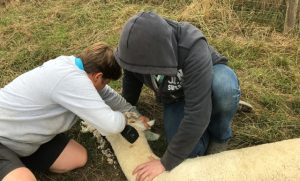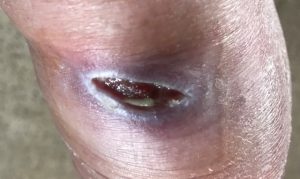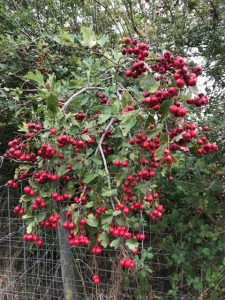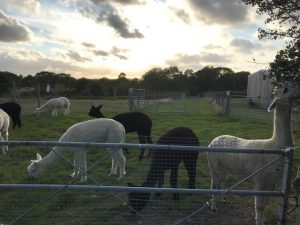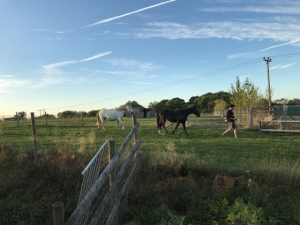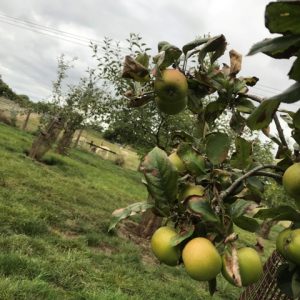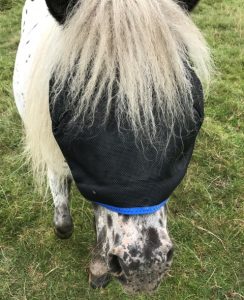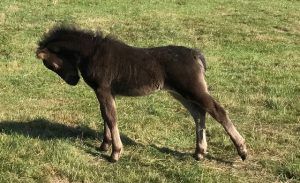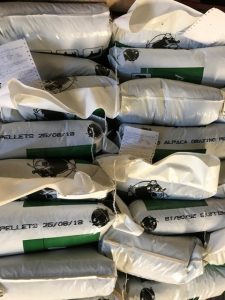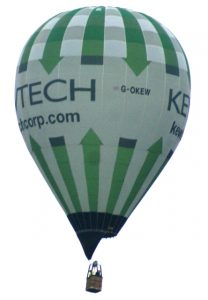A sense of an ending… but who has the last laugh?
Today I have a sense of an ending. So very many things are coming to an end. The sunshine did not shake off my feeling of despair at the injustice, despite the 23 degrees we had here today.
I always feel invigorated with crisp frosts and crunchy leaves underfoot and lengthened Summers seem to make the “if onlys” of Life itself so much sadder.
However, ever an optimist, there is always a bright side to life and you should always count your blessings…
Laughter (and Karma) is the best medicine
When does a courgette become a marrow – size matters at Kensmyth, Clay Meadow
Right then. All visitors to Kensmyth know that we like a Big Coffee here to start our farming days. whilst visitors are given a choice of small, regular, medium, large or extra large, it got me thinking about Courgettes.
We all love fresh veg here, especially Courgettes and I love Courgettes and can eat them pretty much anyway including raw but I recently got told off by hubby who grows them for me, for not eating them or picking them quickly enough LOL. Apparently the one in the photo is now classed as a Marrow.
So – Size matters right – at what length precisely does a Courgette become a Marrow please?? LOL !!! you judge…
Fleece breeding at Kensmyth Alpaca, Clay Meadow
Everybody knows at Kensmyth we breed for natural fleece. this means that pure natural fleece can be handmade into garments. But for us, the bigger Alpaca, the more the fleece and often, the more the trimming of the head is required.
Many readers will recall my stitches in my leg blog a while back and it is healing, slowly, but may thanks to Kirsty (our Shearer) for stepping in with the lads (mine) to assist on our second “head” shear of the year recently. We do this because otherwise, if left, these particular Alpaca will not be able to see anything at all – remember they see sideways having peripheral vision – long before official shearing time next year.
Peas in a pod, so proud of our breeding and fleece producing Alpaca… Kirsty can vouch for them LOL
oh – my heel is healing, thanks to all of those who ask, just taking a very long time as it was very deep… yes ouch and i walk very oddly – but you will never keep a proper farmer from working!
Summer sun is fading as the year grows cold – Kensmyth, Clay Meadow
Readers of my blog since 2007 will know that every year I quote from the War of the Worlds, Justin Haywards song..
Forever Autumn. This beautiful song invokes so many memories for me but always seems to best describe this month where an Indian type Summer can lead into a full on Autumn where colours truly do stand out… enjoy
Hedgecutting time at Kensmyth, Clay Meadow
Flies still bad for September 2018 Clay Meadow
Winter is coming at Kensmyth Alpaca, Clay Meadow
Flystrike in September at Kensmyth Alpaca, Clay Meadow
NO – we do not have Flystrike, nor never have here but it is the time for it folks, especially those considering castration – wait a few more weeks until they have gone.
meantime – if you seal the end of these fringes by singing them with a blow torch (hubby of course) then they do not fray and frazzle at the ends…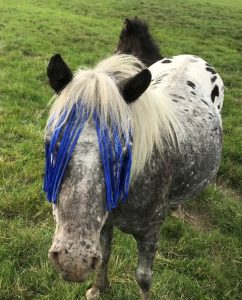
Birdcage in Malmesbury, air balloons and home cooking at Kensmyth
still on the holiday theme, we did manage to grab a bite in Malmesbury, the Bird Cage I think it was called, very modern and snazzy… I had a whacky Pizza but unfortunately overcooked for my liking…
and whilst I was cooking at home en famille with our home grown chillies…
what should pop over the horizon to end the day but a Hot Air Balloon LOL
Holiday day out at Kensmyth Alpaca, Clay Meadow
well hubby took a week off to paint the cabin – as you do – but we did get time out… visiting George Vets in Malmesbury LOL
The Abbey is fantastic in Malmesbury and no I did not go into the Naked Gardens but the town is pretty with its market place and stalls along the high street – even selling Chillies but a different colour to ours !
Archives
- December 2024
- November 2024
- October 2024
- September 2024
- August 2024
- July 2024
- June 2024
- May 2024
- April 2024
- March 2024
- February 2024
- January 2024
- December 2023
- November 2023
- October 2023
- September 2023
- August 2023
- July 2023
- June 2023
- May 2023
- April 2023
- March 2023
- February 2023
- January 2023
- December 2022
- November 2022
- October 2022
- September 2022
- August 2022
- July 2022
- June 2022
- May 2022
- April 2022
- March 2022
- February 2022
- January 2022
- December 2021
- November 2021
- October 2021
- September 2021
- August 2021
- July 2021
- June 2021
- May 2021
- April 2021
- March 2021
- February 2021
- January 2021
- December 2020
- November 2020
- October 2020
- September 2020
- August 2020
- July 2020
- June 2020
- May 2020
- April 2020
- March 2020
- February 2020
- January 2020
- December 2019
- November 2019
- October 2019
- September 2019
- August 2019
- July 2019
- June 2019
- May 2019
- April 2019
- March 2019
- February 2019
- January 2019
- December 2018
- November 2018
- October 2018
- September 2018
- August 2018
- July 2018
- June 2018
- May 2018
- April 2018
- March 2018
- February 2018
- January 2018
- December 2017
- November 2017
- October 2017
- September 2017
- August 2017
- July 2017
- June 2017
- May 2017
- April 2017
- March 2017
- February 2017
- January 2017
- December 2016
- November 2016
- October 2016
- September 2016
- August 2016
- July 2016
- June 2016
- May 2016
- April 2016
- March 2016
- February 2016
- January 2016
- December 2015
- November 2015
- October 2015
- September 2015
- August 2015
- July 2015
- June 2015
- May 2015
- April 2015
- March 2015
- February 2015
- January 2015
- December 2014
- November 2014
- October 2014
- September 2014
- August 2014
- July 2014
- June 2014
- May 2014
- April 2014
- March 2014
- December 2013
- November 2013
- September 2013
- May 2013
- March 2013
- February 2013





